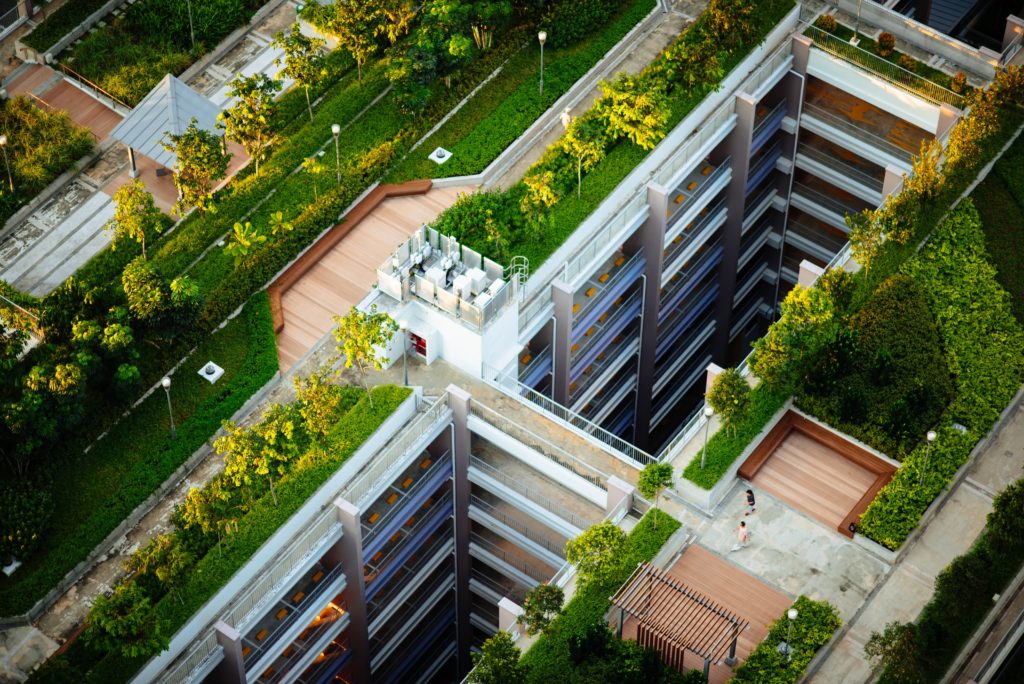Mention “green building” and most contractors think of the U.S. Green Building Council’s Leadership in Energy and Environmental Design (LEED) program. LEED may be the front-runner in green building rating systems, but it’s not the only game in town. Here are some others you may encounter when working with project owners:

BREEAM USA (breeam.com/usa)
Founded in the United Kingdom in 1990 — one year before LEED — the Building Research Establishment Environmental Assessment Method (BREEAM) was introduced to the United States in 2016. The program is open to most existing commercial buildings; it also certifies residential and commercial new construction, infrastructure, renovations, tenant build-out, and community master planning.
Green Globes (greenglobes.com)
Green Building Initiative launched the Green Globes program in 2004, which is based on the BREEAM Canada standard and is meant to be user-friendly. Both BREEAM and Green Globes begin with an online self-assessment; results are assessed by a third party.
Parksmart, formerly Green Garage Certification (parksmart.gbci.org/certification)
Administered by Green Business Certification Inc., Parksmart certifies new and existing parking structures. Points are awarded for “forward-thinking,” sustainable practices in three categories: management, programming and technology structure.
Energy Star (energystar.gov/buildings)
Originally developed as a voluntary labeling program to promote energy-efficient products, the U.S. Environmental Protection Agency and Department of Energy expanded the program in the 1990s to include buildings/plants and homes.
WELL (wellcertified.com)
The International WELL Building Institute’s WELL standard debuted in 2014 and is gaining momentum in commercial building projects. WELL focuses on the well-being of building occupants, promoting elements such as biophilic design (connecting building occupants to nature), materials with no-to-low volatile organic compounds, and building features that maximize daylight and enhance air quality and thermal comfort.
Living Building Challenge (living-future.org/lbc)
The International Living Future Institute’s Living Building Challenge is both rigorous and performance- based; buildings must demonstrate that they generate more energy than they consume. Projects are monitored for 12 months before certification is granted. The goal is to have minimal impact on the natural world.
Zero Energy Building (living-future.org/zero-energy)
The International Living Future Institute also administers Zero Energy Building certification. To achieve net-zero certification, 100% of a building’s energy requirements on a net annual basis must be met by onsite renewable energy sources such as solar or wind energy — no combustion allowed, with limited exceptions such as offsetting through offsite renewables.
Passive House (phius.org)
Developed in Germany in the 1990s and introduced to the United States in 2007, the program certifies buildings that achieve high energy savings without applying expensive “active” technologies (such as photovoltaics or solar thermal hot water systems). In North America, it’s administered by Passive House Institute.
We welcome the opportunity to put our construction industry expertise to work for you. To learn more about how our firm can help advance your success, please contact Dave Wolfenden at (302) 254-8240.

